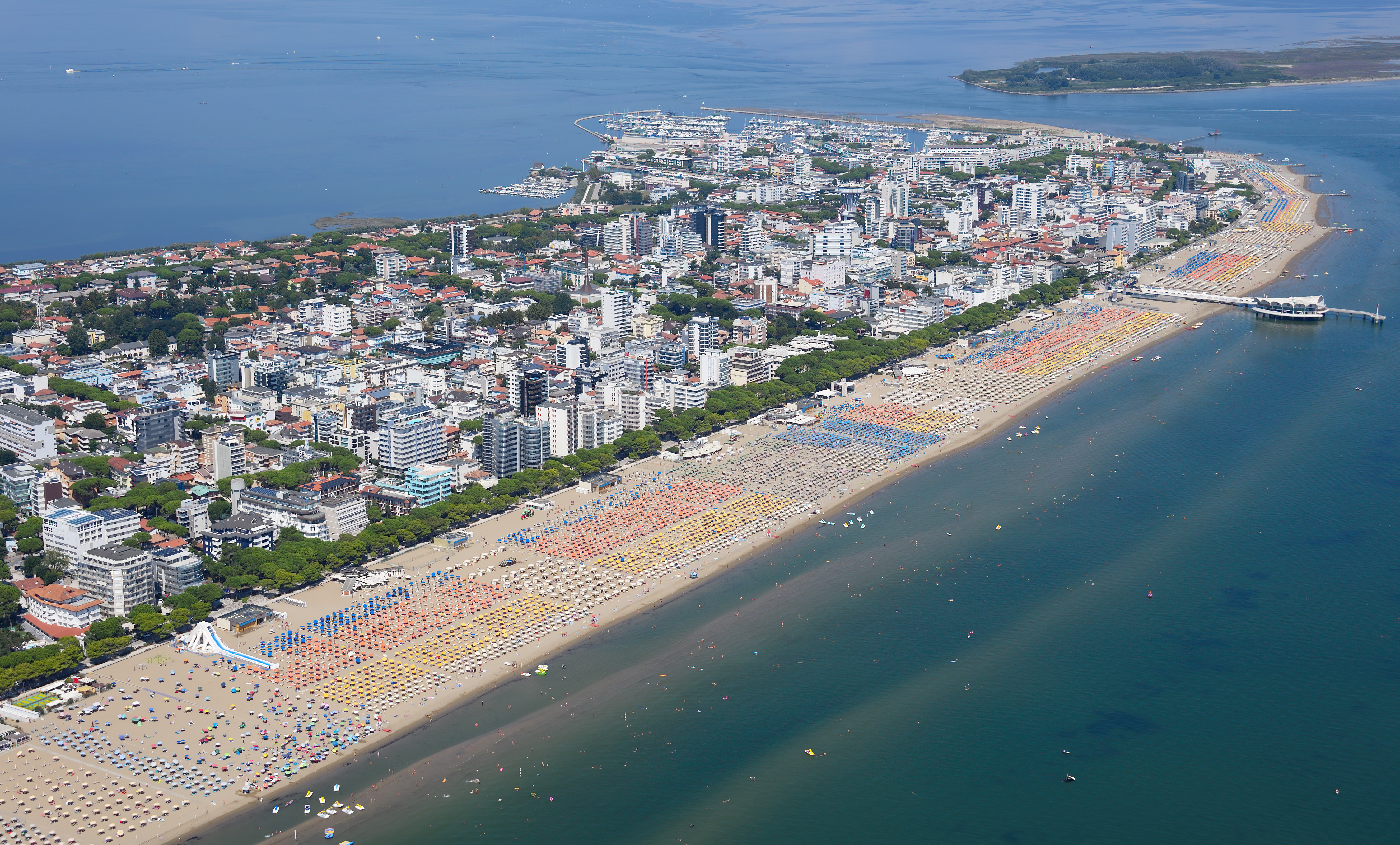
Discover Our Region
From pristine beaches to historic cities, explore the treasures surrounding Aprilia Marittima
Filter by Activity
Maximum Distance: 200 km
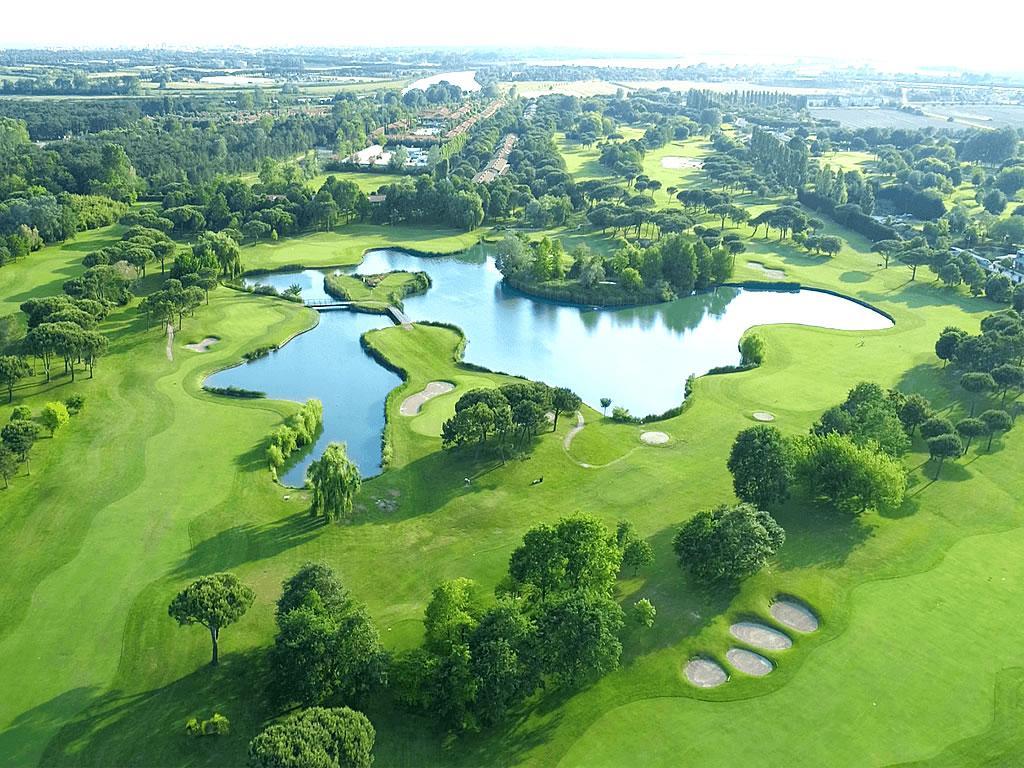
Golf Club Lignano
Championship 18-hole golf course set among maritime pines, offering a challenging yet scenic golfing experience just minutes from Lignano Sabbiadoro.
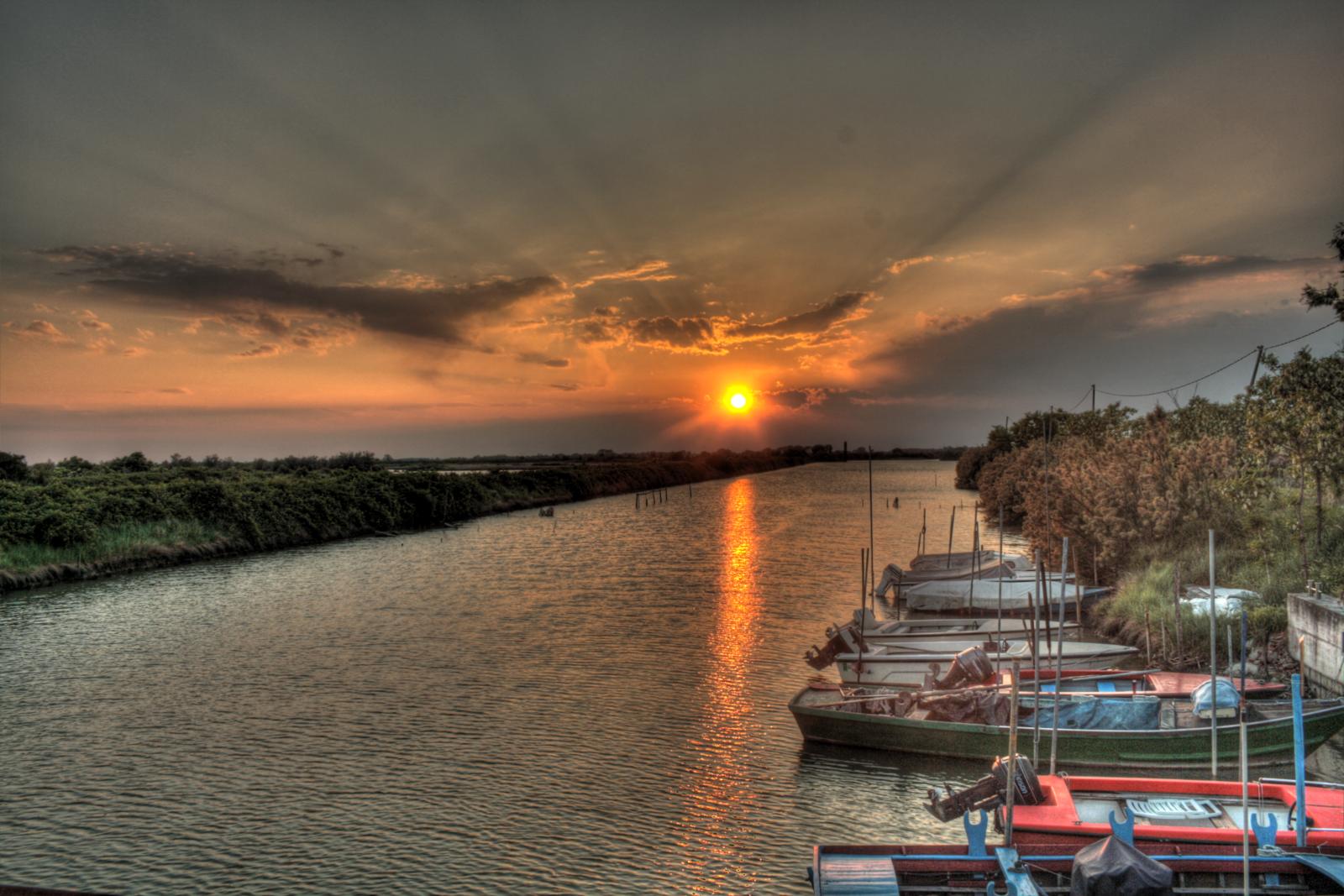
Marano Lagunare
A Venetian-flavored fishing town in Friuli Venezia Giulia, Marano Lagunare offers seafood, history, and breathtaking lagoon scenery.

Lignano Sabbiadoro
Lignano Sabbiadoro, on Italy's Adriatic coast, is a seaside gem with eight kilometers of golden sand, clear waters, and vibrant energy. By day, enjoy sunbathing, cycling, or exploring the nearby Marano Lagoon; by night, dive into lively streets filled with music, gelato, and Italian charm. From family-friendly theme parks to fine dining and nature escapes, Lignano offers the perfect mix of relaxation and adventure — all wrapped in the warmth of true dolce vita.
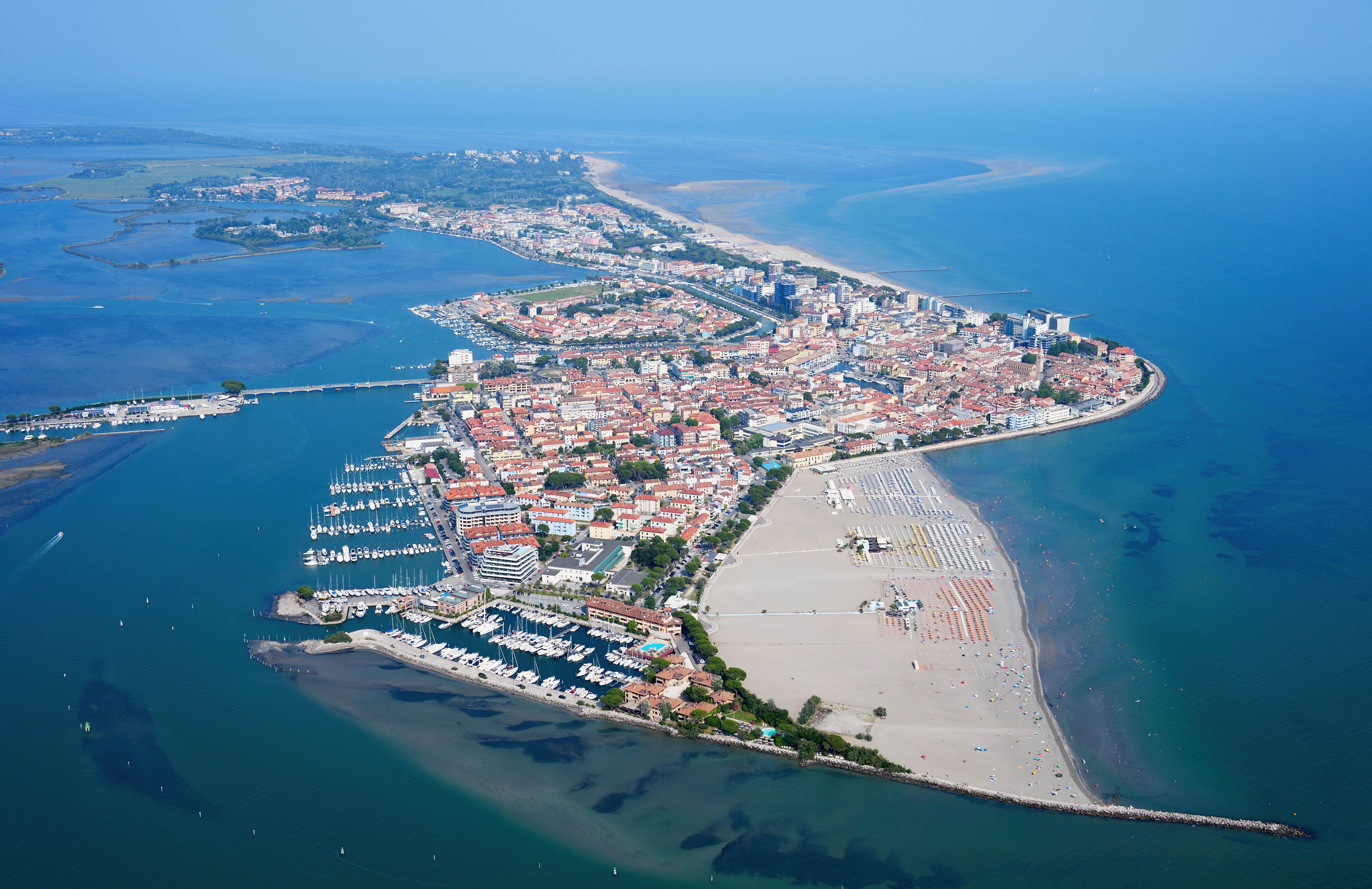
Grado
Grado, the "Island of the Sun," offers golden beaches, a charming historic center, thermal spas, and lagoon adventures — a perfect mix of relaxation and culture.
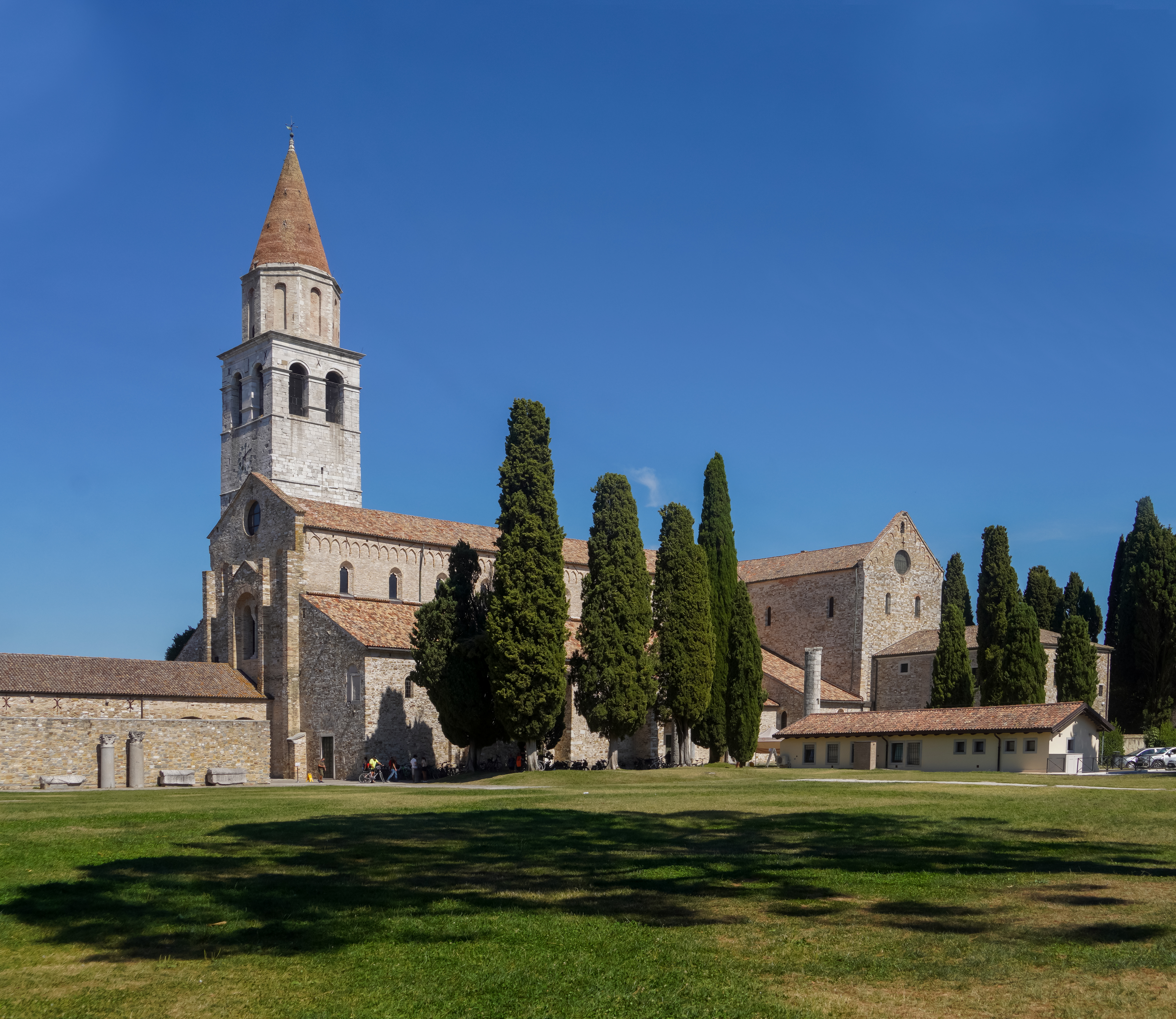
Aquileia
Aquileia, a UNESCO site, offers Roman ruins, mosaics, and Christian heritage amid the peaceful landscapes of Friuli Venezia Giulia.
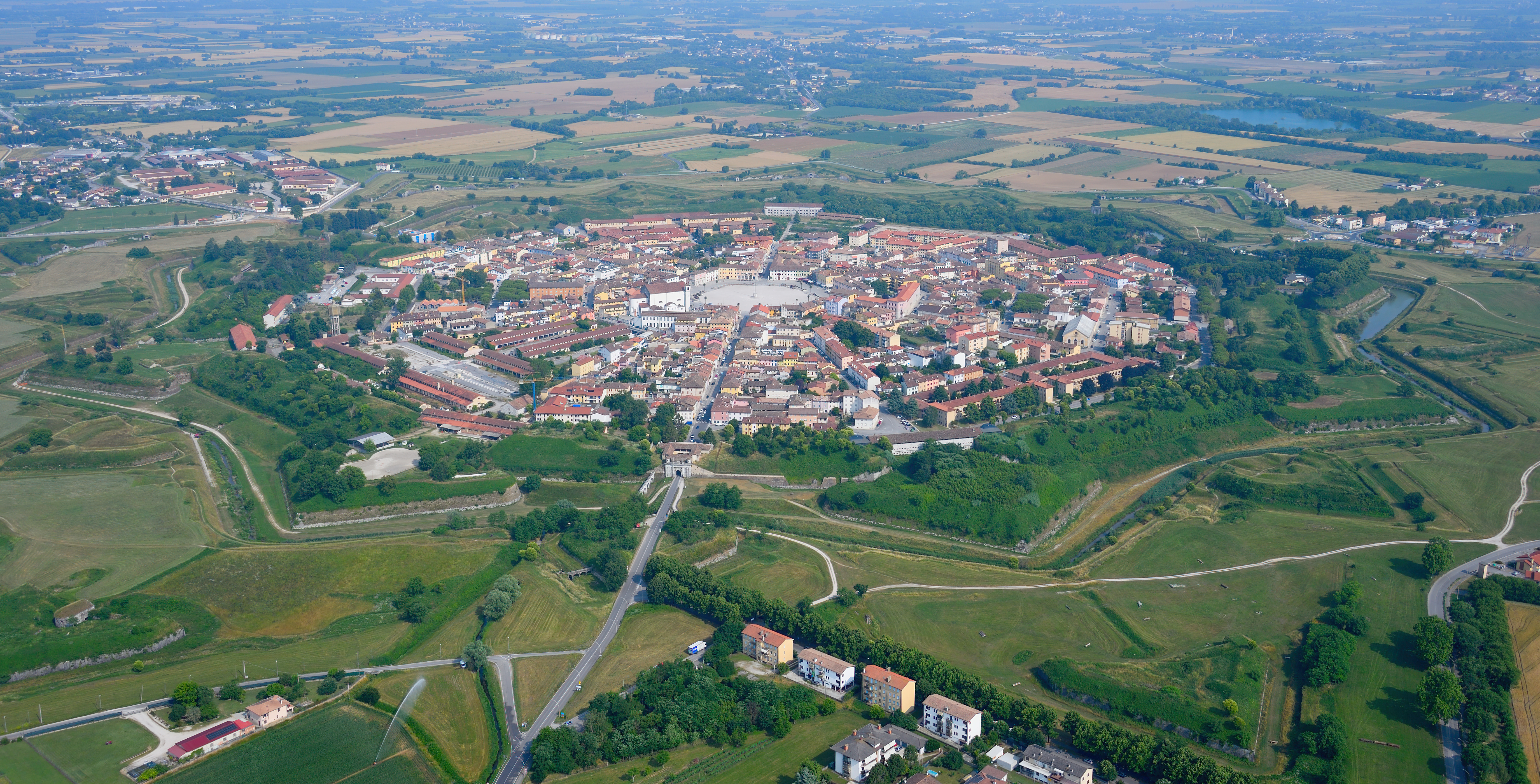
Palmanova
Palmanova, the star-shaped "ideal city," combines Renaissance beauty, history, and culture — a UNESCO gem unlike anywhere else in Europe.
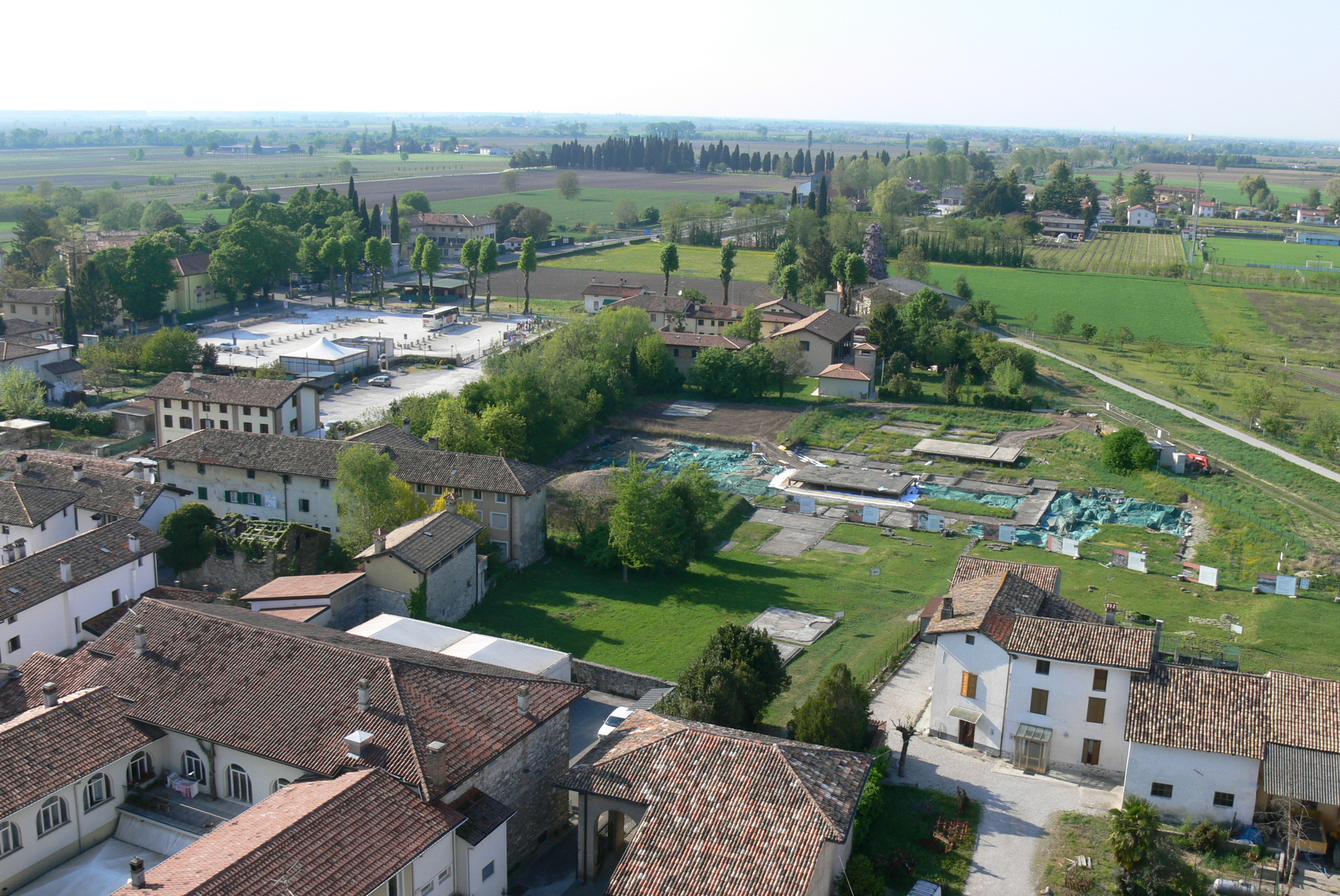
Udine
Historic capital of Friuli, Udine charms with its elegant Venetian architecture, hilltop castle and authentic Friulian atmosphere.
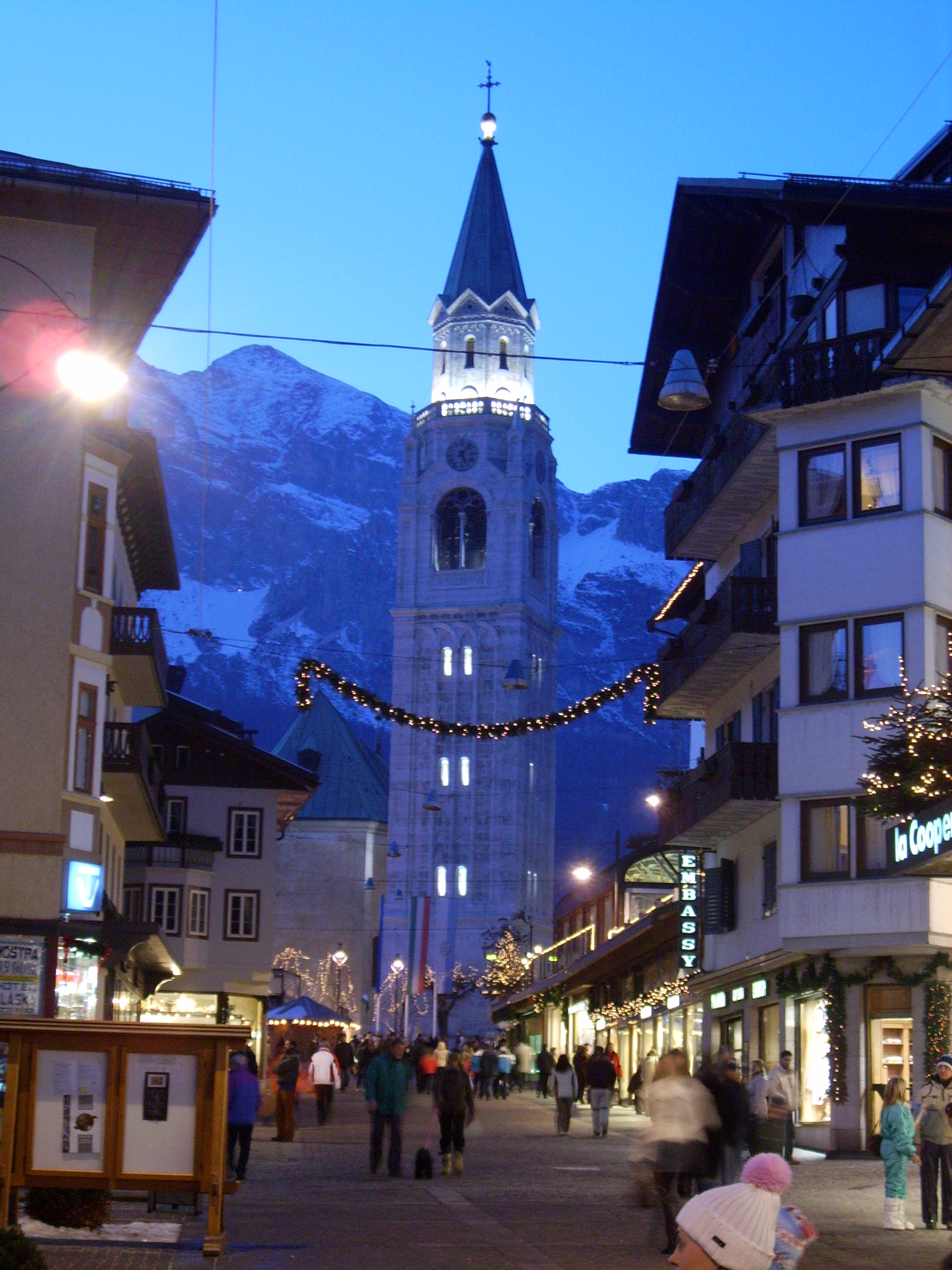
Gorizia
Border city with Slovenia offering a medieval castle, enchanting gardens and the unique Transalpina Square uniting two nations.
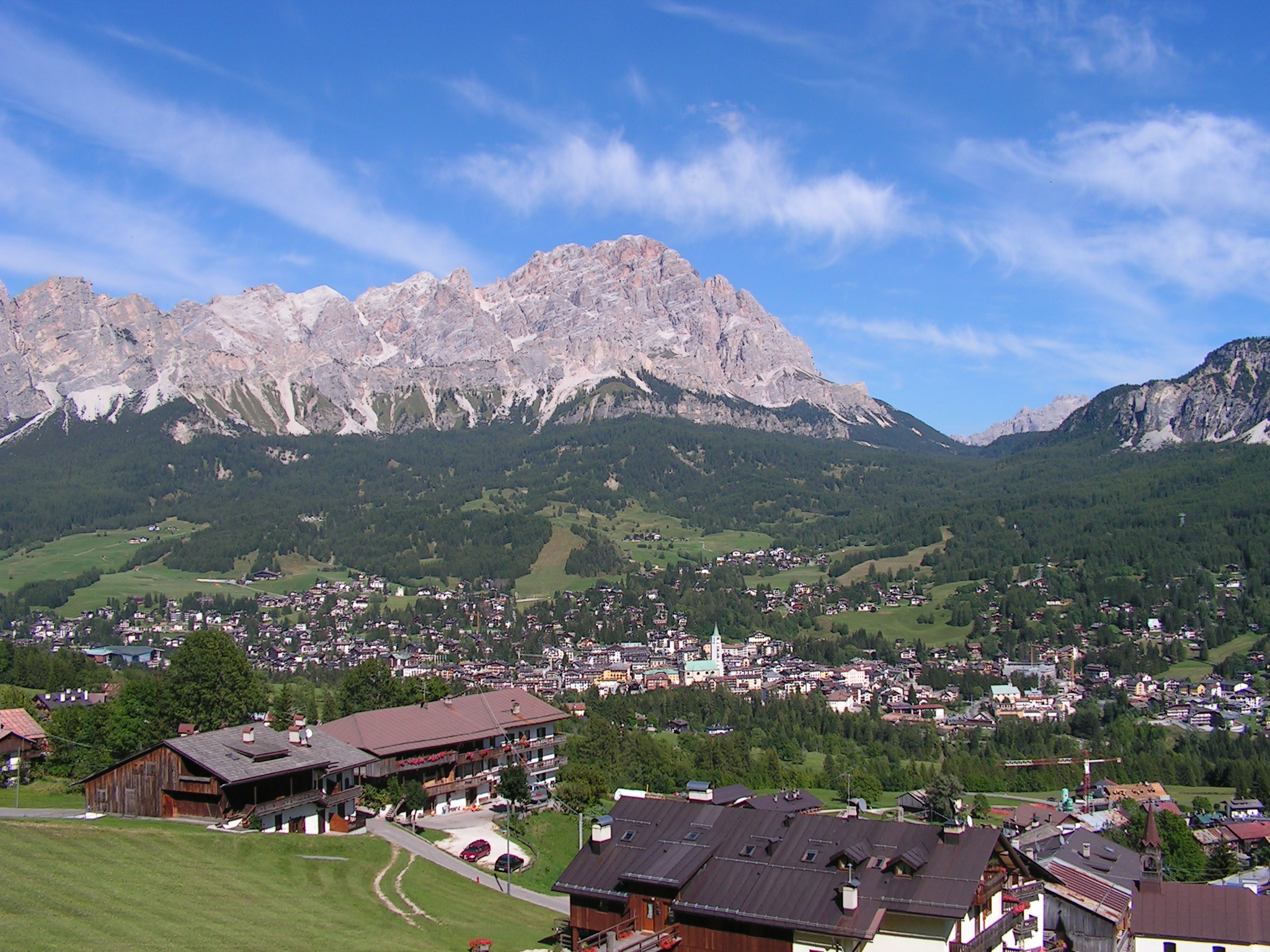
Trieste
Border city where Italian, Slavic and Austrian cultures meet. Trieste enchants with its majestic Piazza Unità d'Italia, romantic Miramare Castle and the literary heritage of James Joyce and Italo Svevo.
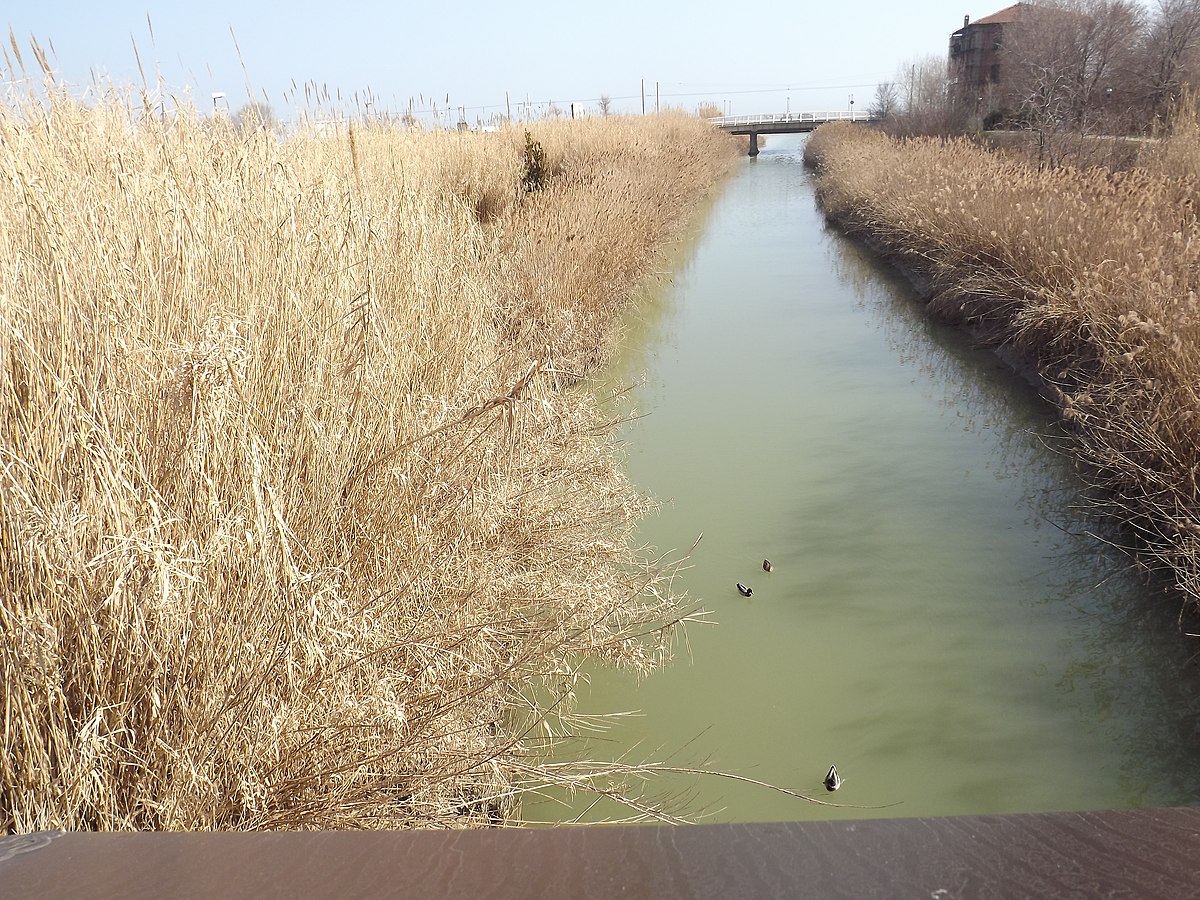
Cividale del Friuli
UNESCO World Heritage site preserving unique Lombard treasures, the striking Devil's Bridge and a perfectly preserved medieval historic center.
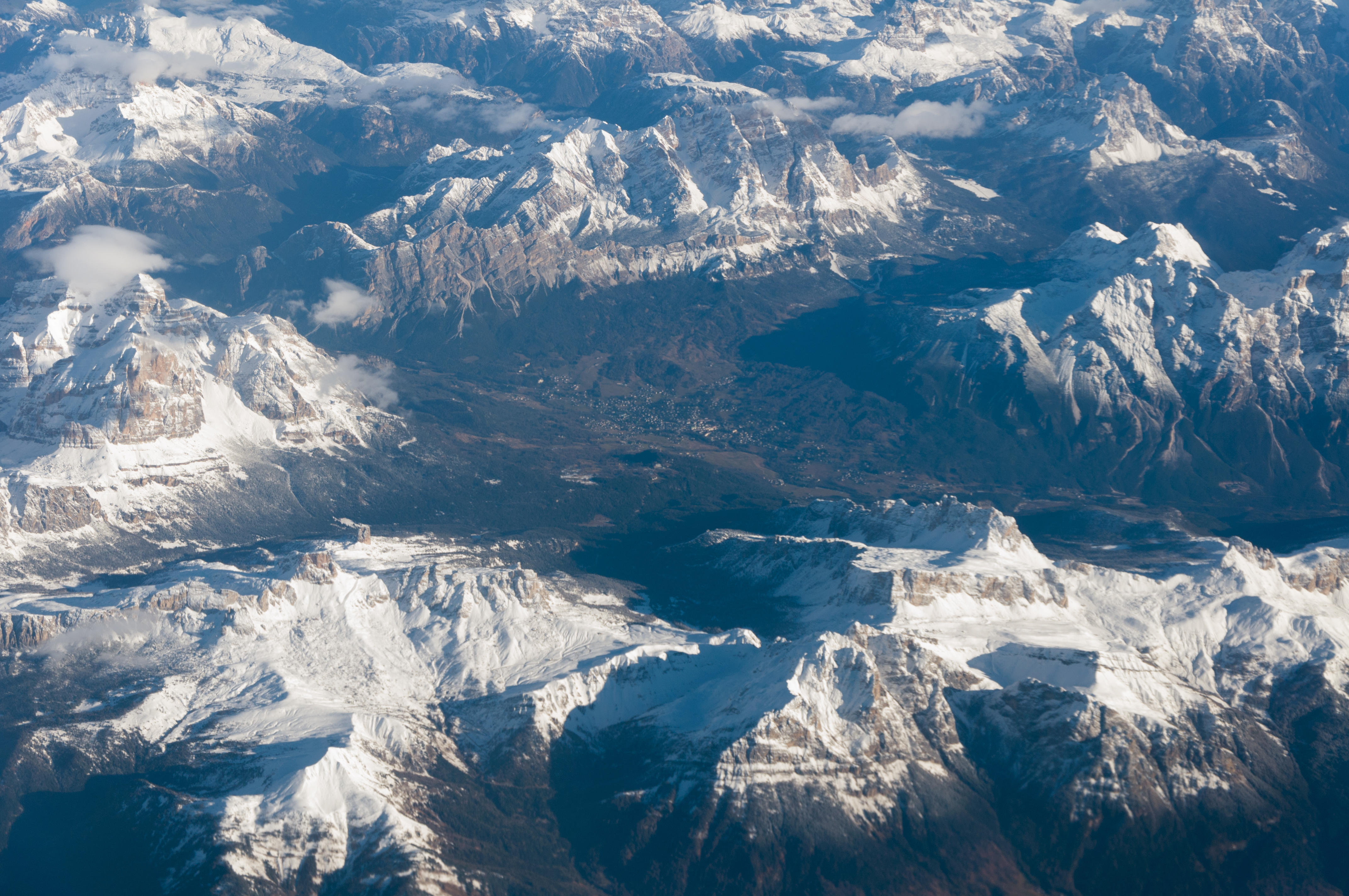
Slovenia
Just across the border, Slovenia amazes with Postojna Cave, Predjama Castle, Lake Bled and vibrant Ljubljana.
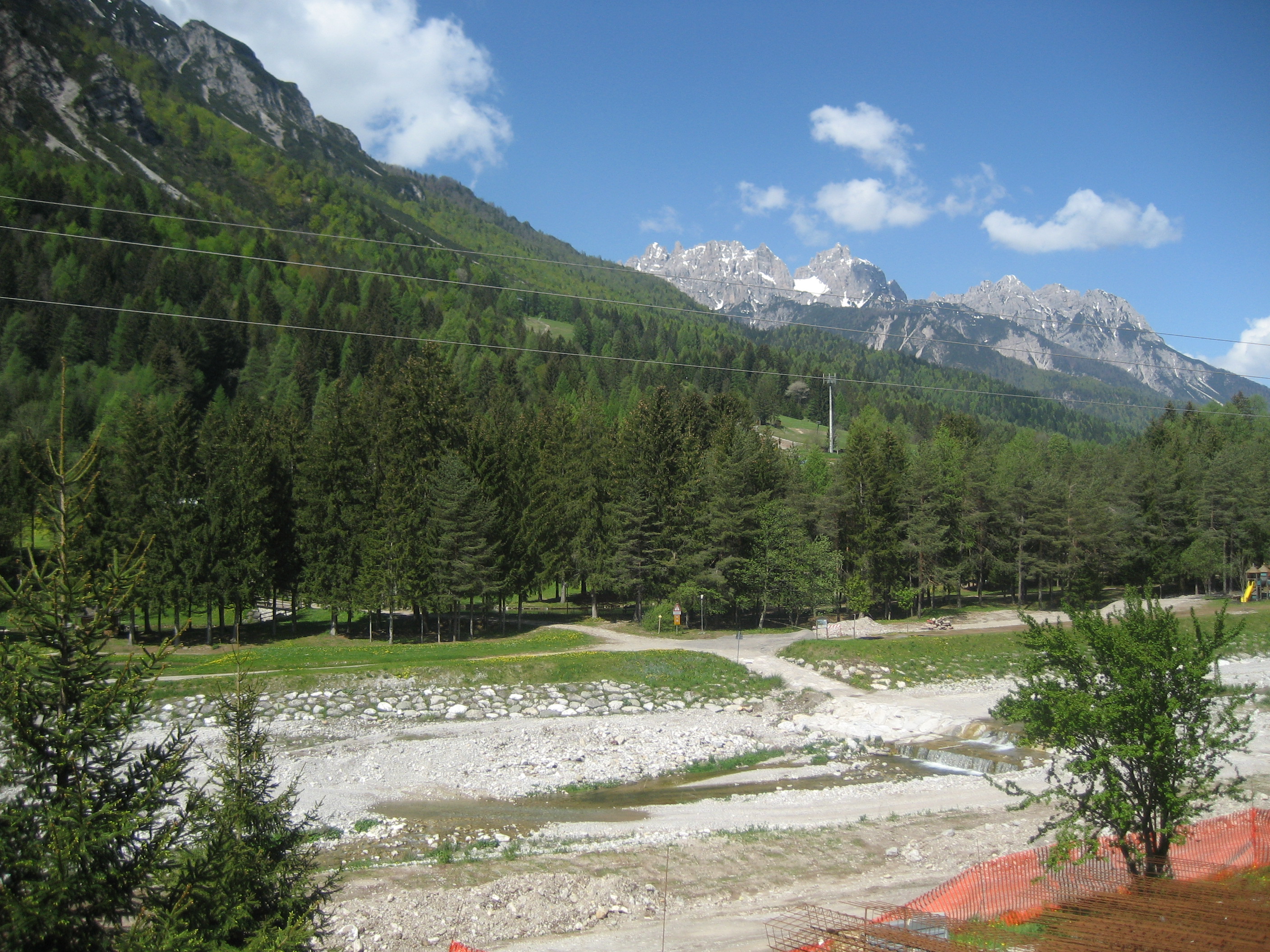
Carnia
Mountain region of Friuli with authentic traditions, breathtaking Alpine landscapes, characteristic villages and famous Monte Zoncolan.
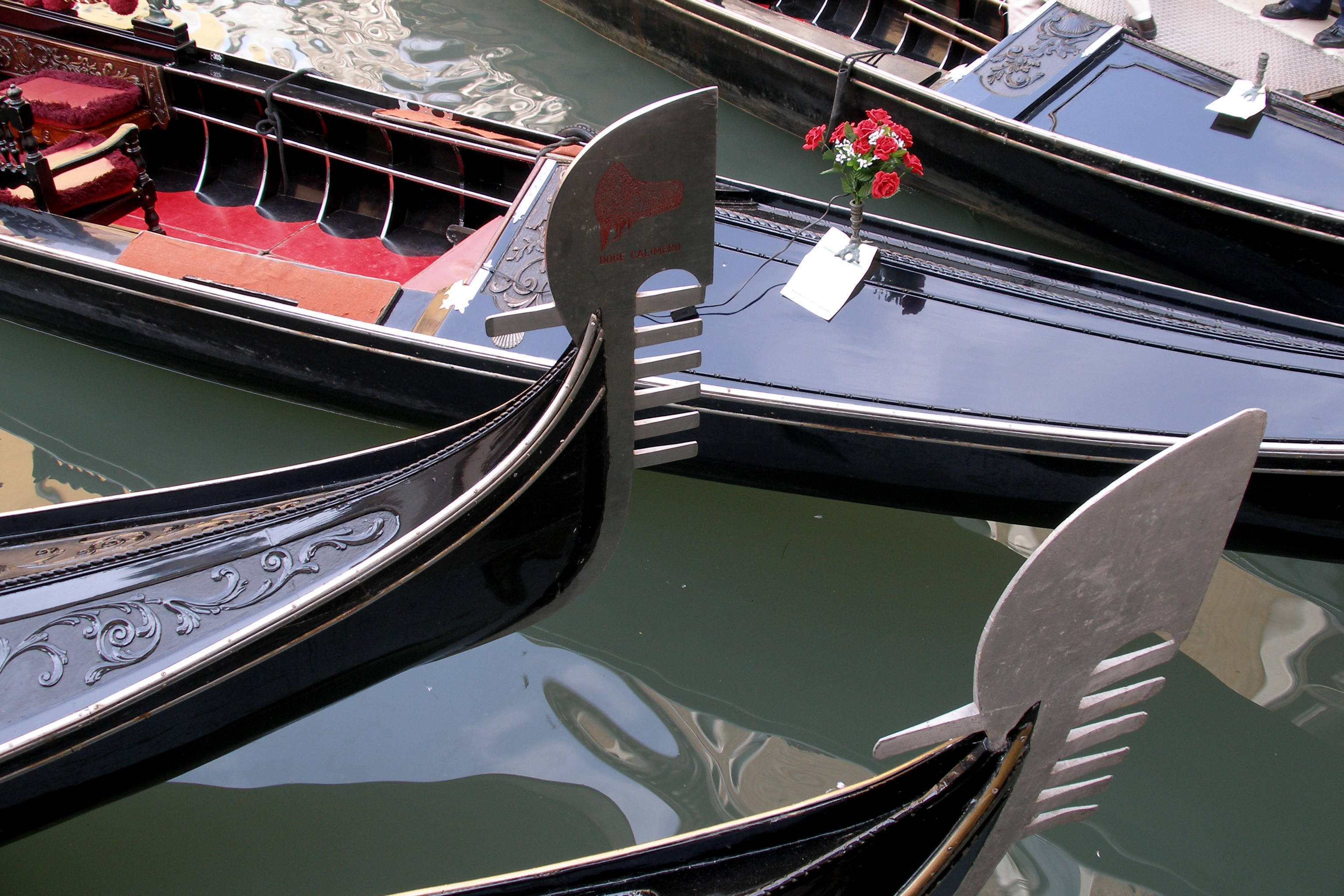
Venice
Venice, the city of canals, gondolas, and palaces, invites travelers to discover timeless beauty, history, and unforgettable cuisine.

Forni di Sopra
A pristine mountain resort in the Friulian Dolomites, Forni di Sopra offers authentic Alpine experiences away from the crowds. Known for its natural beauty and traditional mountain culture.

Sappada
Discover Sappada, an alpine village in Friuli Venezia Giulia with traditions, skiing, hiking, and stunning Dolomite landscapes.
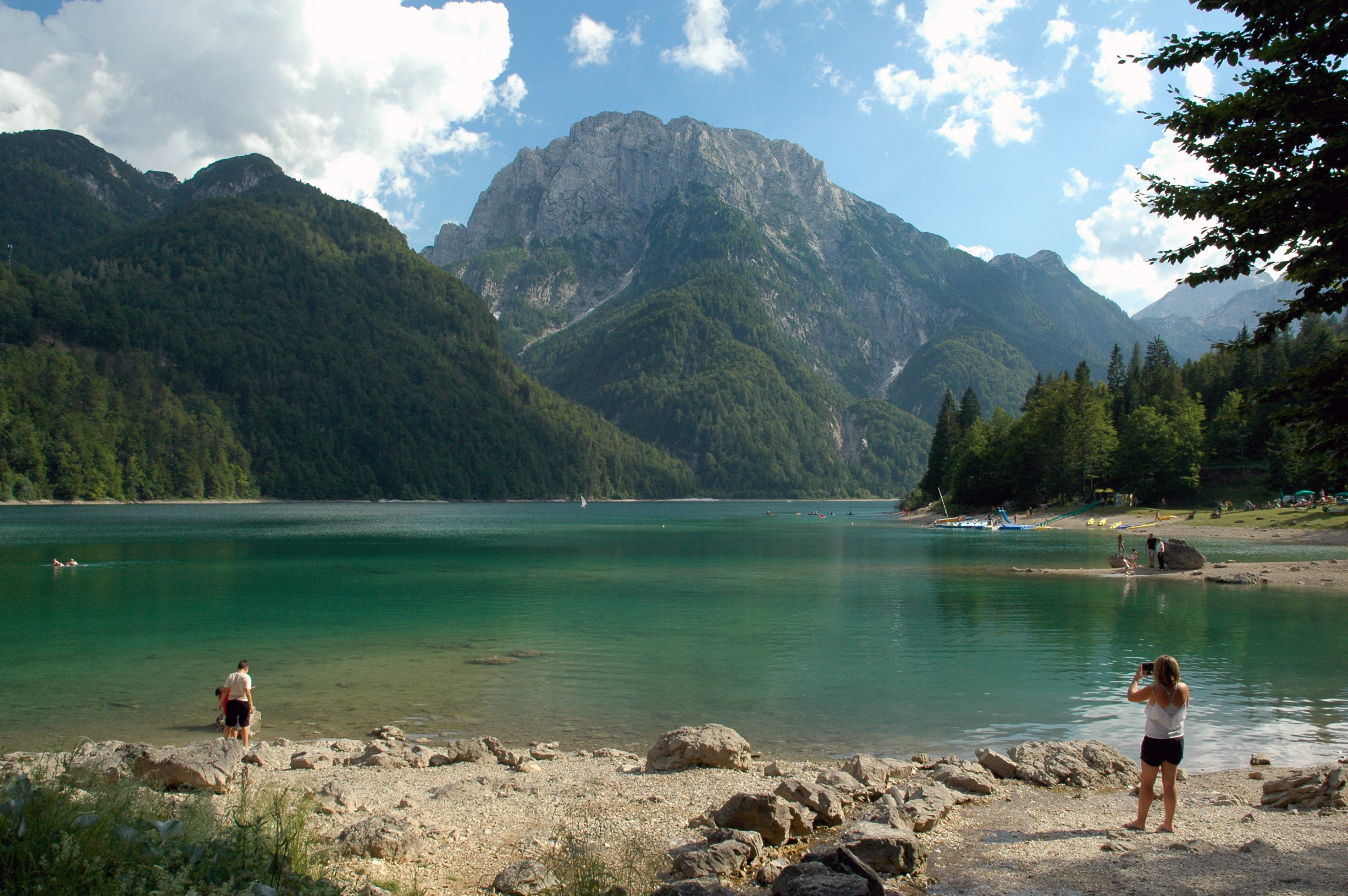
Tarvisio
Where three nations meet - Italy, Austria, and Slovenia converge at Tarvisio. This mountain town offers year-round outdoor activities, from skiing to hiking, in a spectacular Alpine setting.
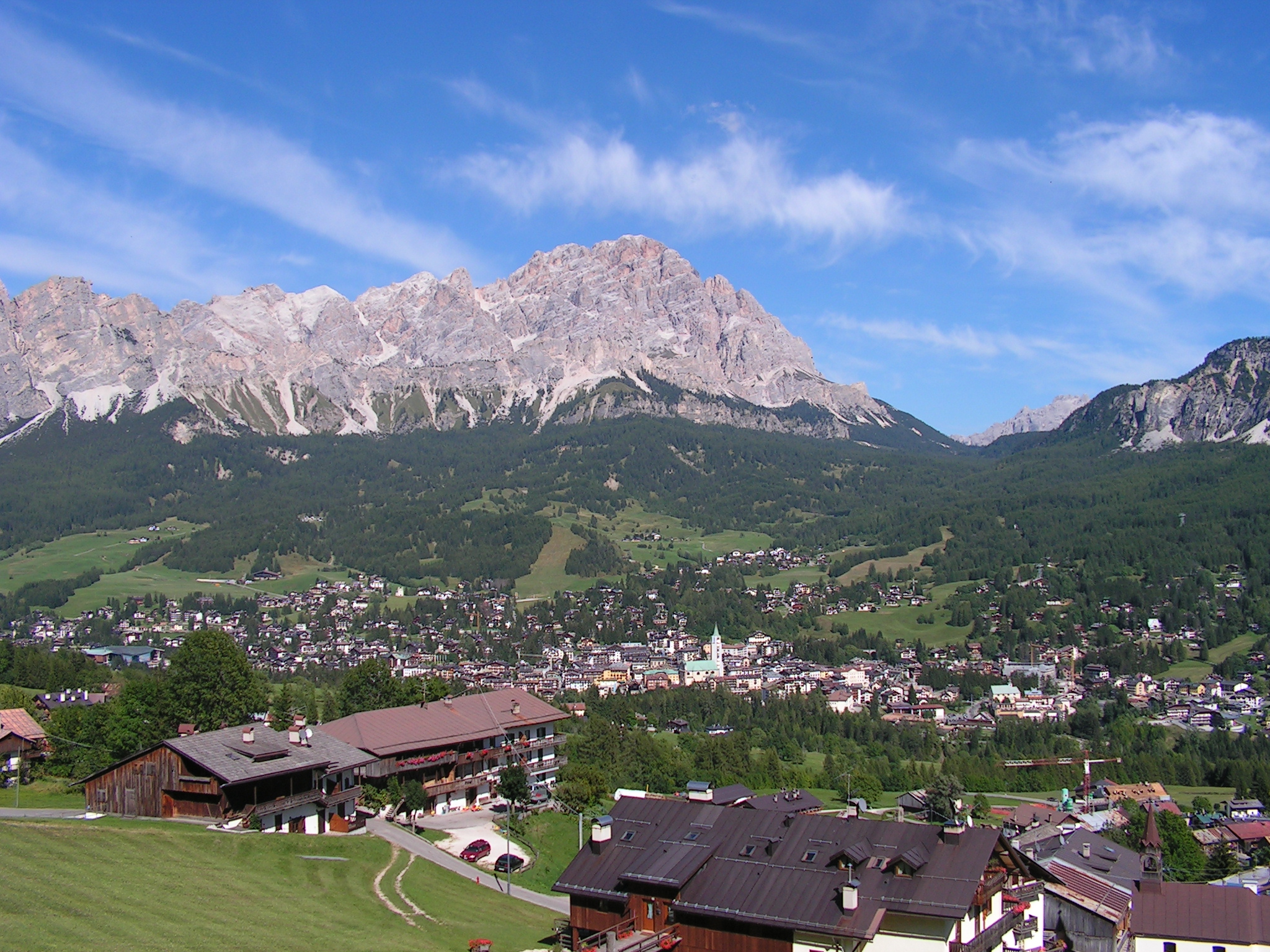
Cortina d'Ampezzo
The Queen of the Dolomites, Cortina d'Ampezzo is a world-renowned ski resort and mountain town. Host of the 1956 Winter Olympics and co-host of the 2026 Winter Olympics.